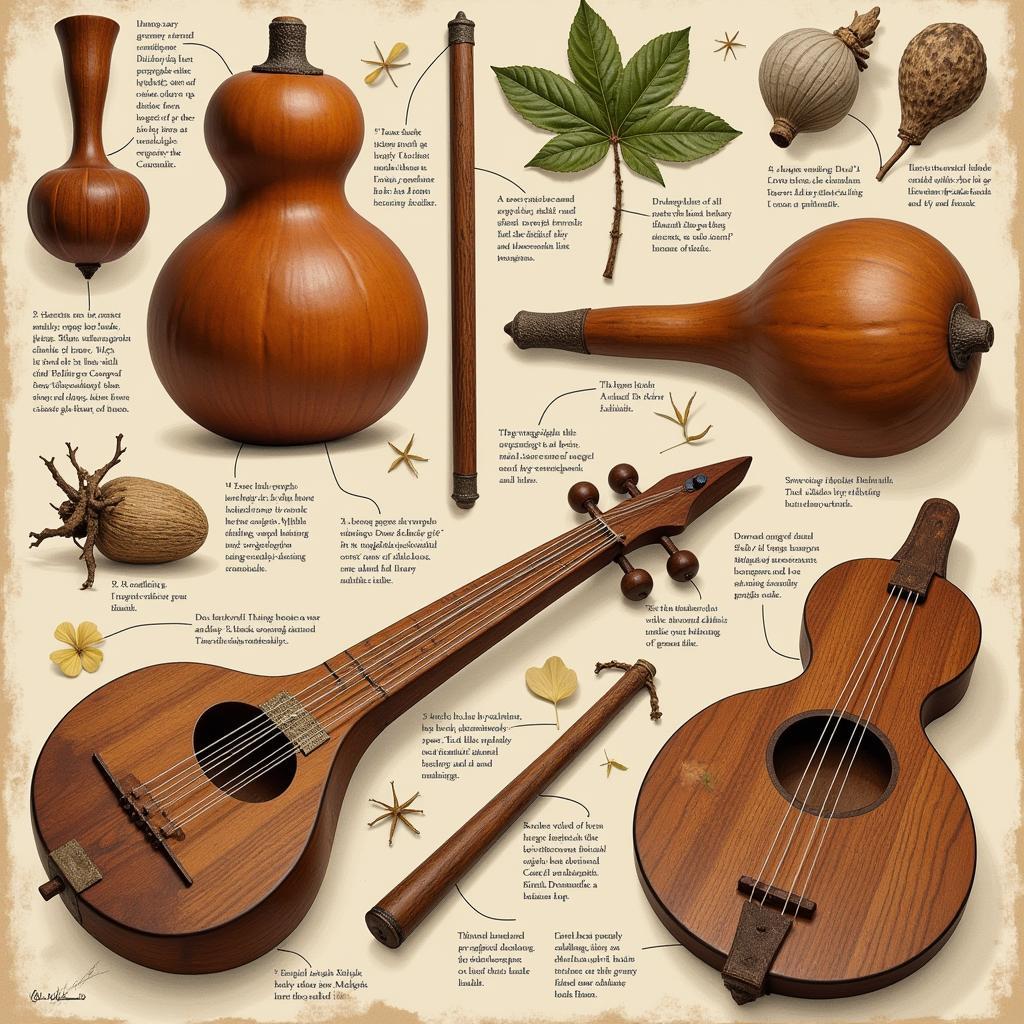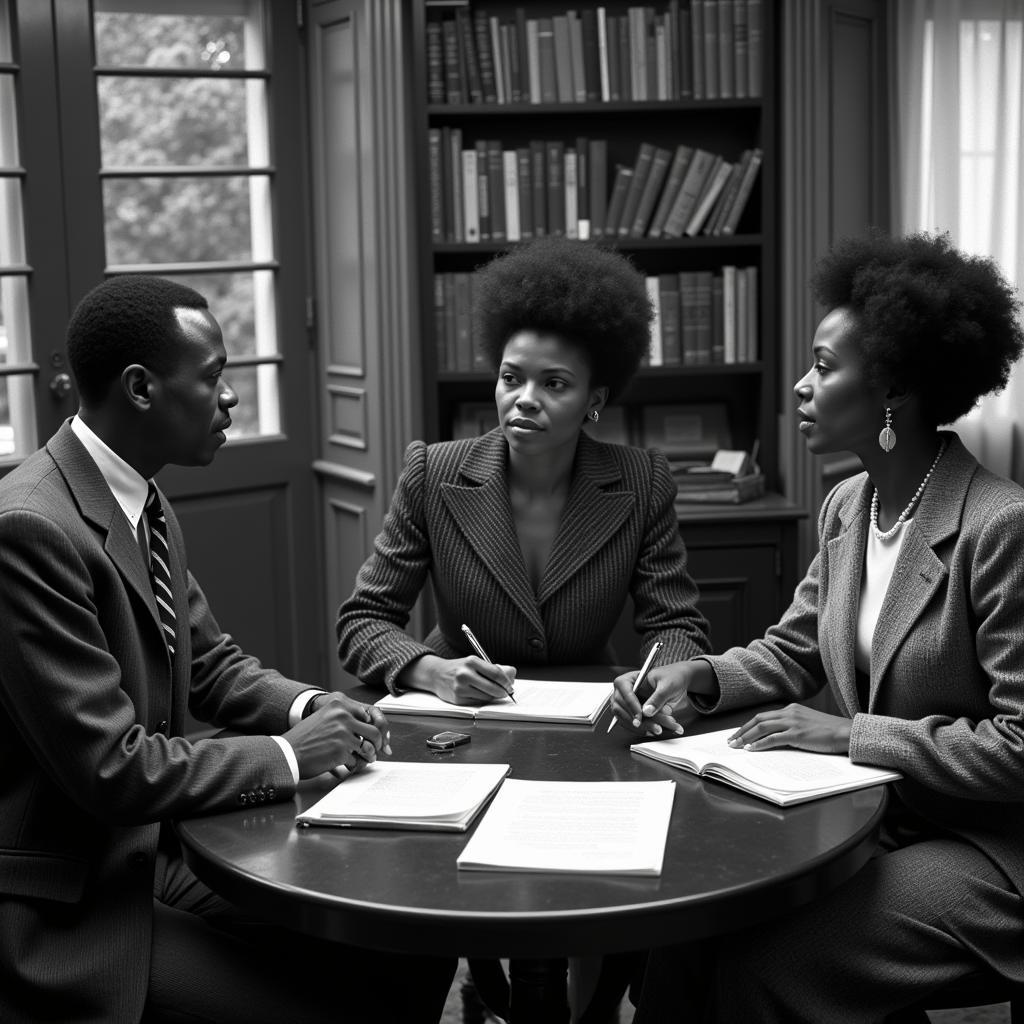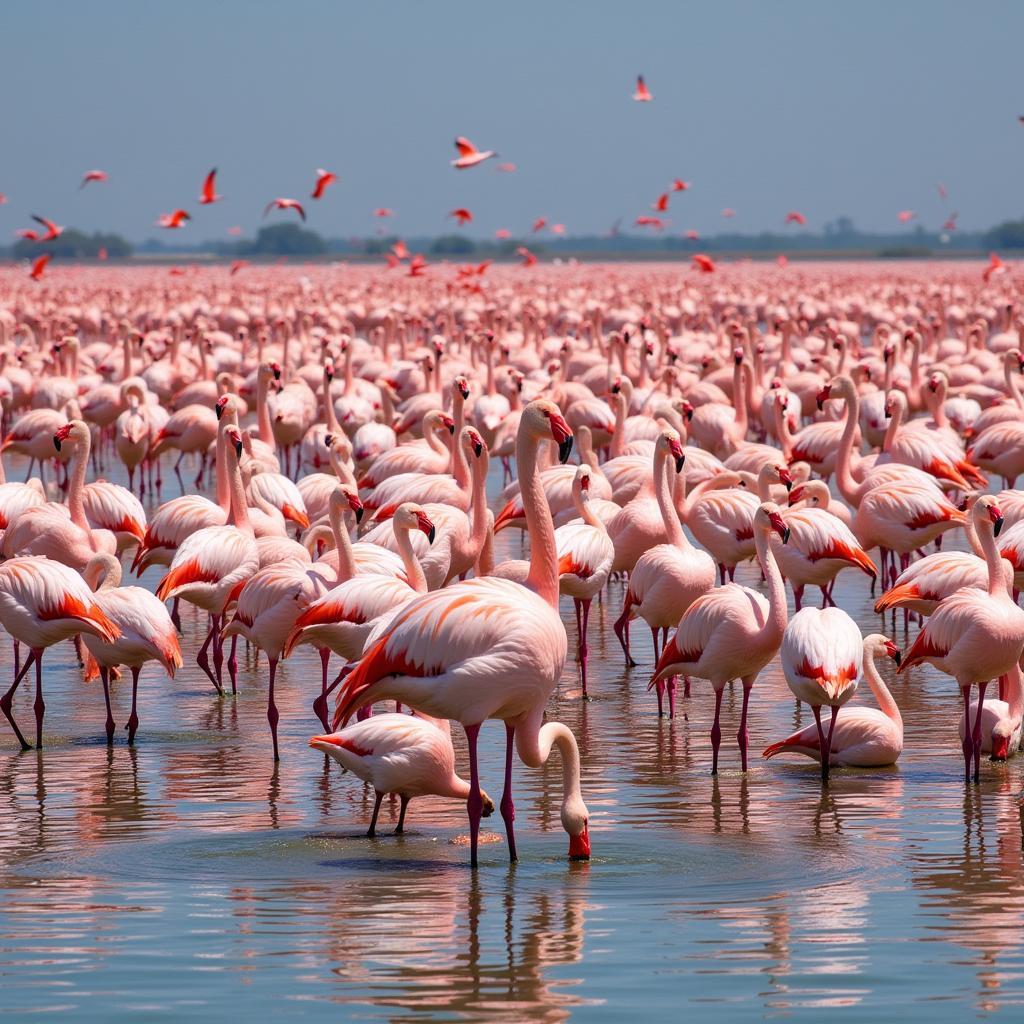Unveiling the African Dulcimer: A Journey Through Music and Culture
The African Dulcimer, a captivating instrument with a rich history, resonates through diverse cultures across the continent. From its ancient origins to its modern interpretations, this stringed instrument holds a unique place in African music. This article will delve into the fascinating world of the African dulcimer, exploring its variations, musical significance, and cultural impact.
The Many Faces of the African Dulcimer: A Diverse Instrument
The African dulcimer isn’t a single, monolithic instrument. Rather, it represents a family of stringed instruments, each with its own distinct character and regional significance. Instruments like the kora of West Africa, the mvet of Cameroon, and the inanga of Rwanda and Burundi, though different in construction and playing style, share the common thread of being plucked box zithers, often categorized under the broader term “dulcimer.” Their diverse forms reflect the unique musical traditions of various African communities. This diversity is a testament to the continent’s creativity and the adaptability of the dulcimer concept. These instruments are not just musical tools; they are storytellers, passing down traditions and beliefs through generations.
Exploring the Sounds of the African Dulcimer: From Rituals to Modern Music
The African dulcimer holds diverse roles within different communities. Historically, these instruments were often associated with spiritual and ritual practices, used in ceremonies and storytelling. The hypnotic melodies and resonant tones created an atmosphere of reverence and connection. Today, the African dulcimer continues to be played in traditional settings, preserving cultural heritage, but it has also found its way into contemporary music scenes. From folk music to fusion genres, artists are exploring new sounds and possibilities with this versatile instrument, proving its enduring appeal.
Crafting the African Dulcimer: Materials and Techniques
The construction of African dulcimers involves a blend of traditional craftsmanship and readily available materials. Often, resonators are crafted from gourds, wood, or even animal hides, demonstrating a deep connection with the natural world. Strings, traditionally made from animal sinew or plant fibers, are now commonly made of metal. The specific techniques and materials vary from region to region, further emphasizing the unique identity of each instrument. Understanding the craftsmanship behind these instruments deepens our appreciation for their cultural and artistic value.
 Crafting the African Dulcimer: Traditional Materials and Techniques
Crafting the African Dulcimer: Traditional Materials and Techniques
Learning to Play the African Dulcimer: A Journey of Discovery
While mastering the African dulcimer requires dedication, the journey is rewarding. Many communities have oral traditions of teaching, passed down through generations. Today, learning resources, including online tutorials and workshops, are becoming increasingly accessible. Whether you are a seasoned musician or a beginner, exploring the African dulcimer can be a fulfilling experience, connecting you to a rich musical heritage.
Dr. Abimbola Adebayo, a renowned ethnomusicologist, notes, “The African dulcimer is more than just an instrument; it’s a gateway to understanding the soul of a culture.”
Sefu Kone, a master kora player from Mali, adds, “Each string tells a story. When you play the kora, you are sharing the stories of our ancestors.”
Conclusion: The Enduring Legacy of the African Dulcimer
The African dulcimer, a captivating instrument with a rich history and diverse forms, continues to resonate across the continent and beyond. From traditional ceremonies to modern musical expressions, the African dulcimer holds a unique place in the world of music. By understanding its various forms, musical significance, and cultural impact, we gain a deeper appreciation for the vibrant tapestry of African music.
FAQ
- What is an African dulcimer? African dulcimers are a family of plucked box zithers found throughout the continent, varying in shape, size, and number of strings.
- Where can I learn more about the African dulcimer? Resources like online tutorials, workshops, and museums specializing in African musical instruments can provide further insight.
- What are some examples of African dulcimers? The kora, mvet, and inanga are just a few examples of the diverse range of African dulcimers.
- Are African dulcimers still used in traditional music? Yes, they continue to play a vital role in many cultural ceremonies, rituals, and storytelling traditions.
- Can I buy an African dulcimer? Yes, they can be purchased from specialized music stores, online retailers, or directly from craftspeople in Africa.
- How is the African dulcimer played? The strings are typically plucked with the fingers or thumbs, creating a melodic and often hypnotic sound.
- What is the cultural significance of the African dulcimer? It often serves as a powerful symbol of cultural identity, history, and spiritual expression.
Do you have other questions about African music and culture? Explore more articles on our website related to traditional African instruments, musical genres, and cultural practices. For further assistance, contact us via Phone: +255768904061, Email: [email protected] or visit us at Mbarali DC Mawindi, Kangaga, Tanzania. Our customer service team is available 24/7.

